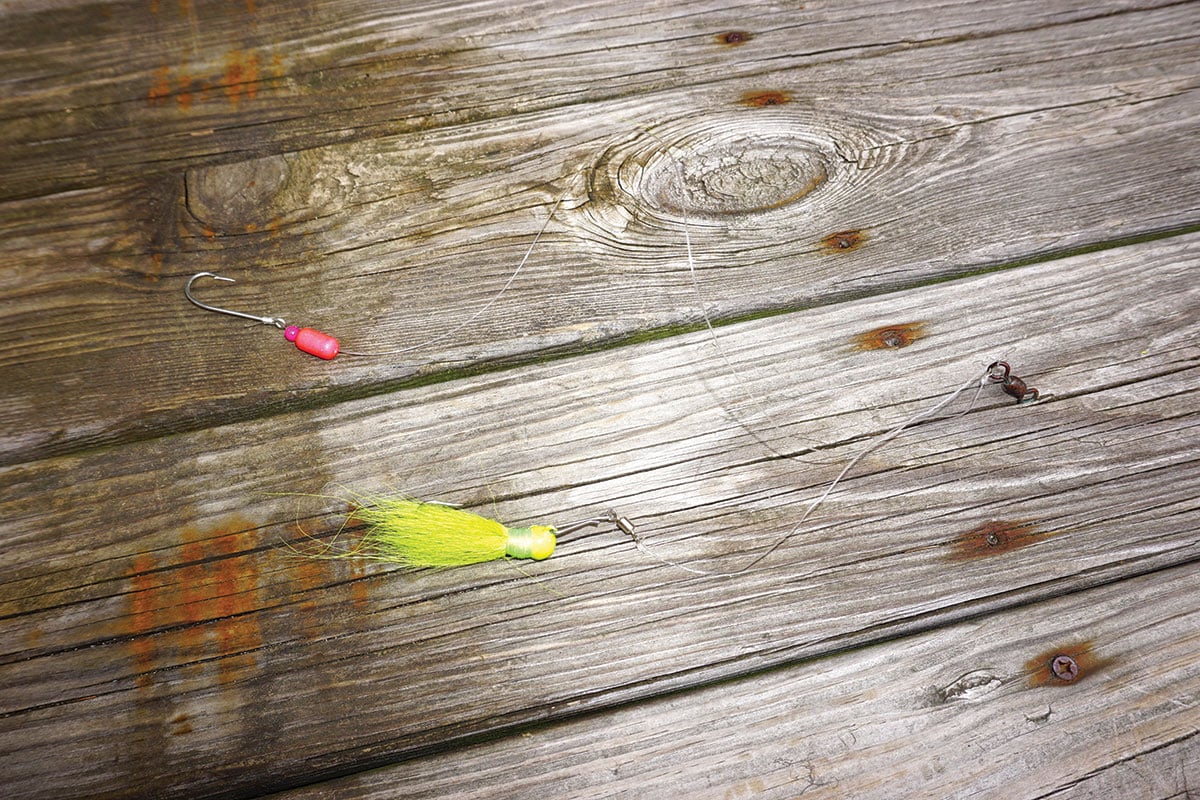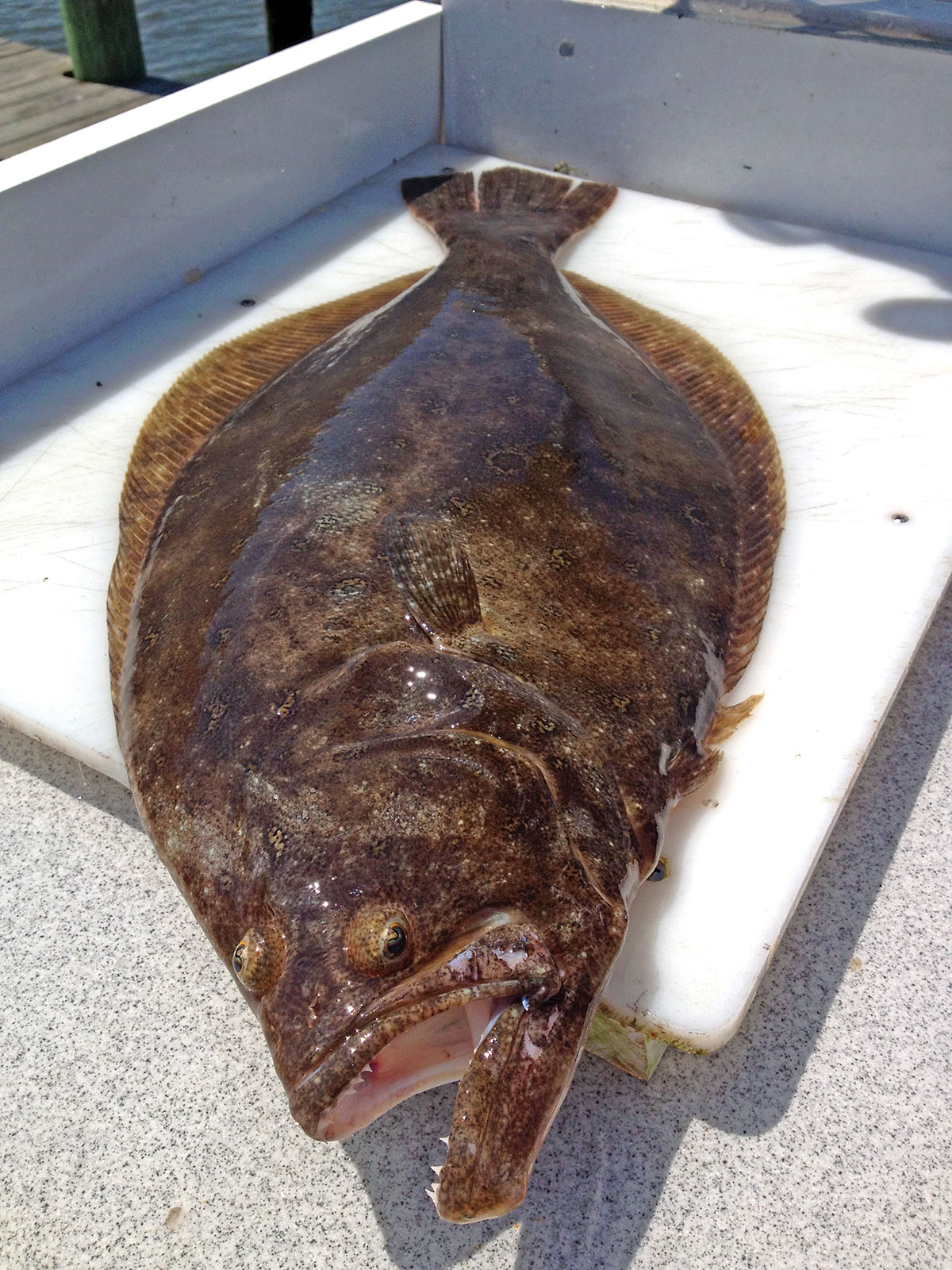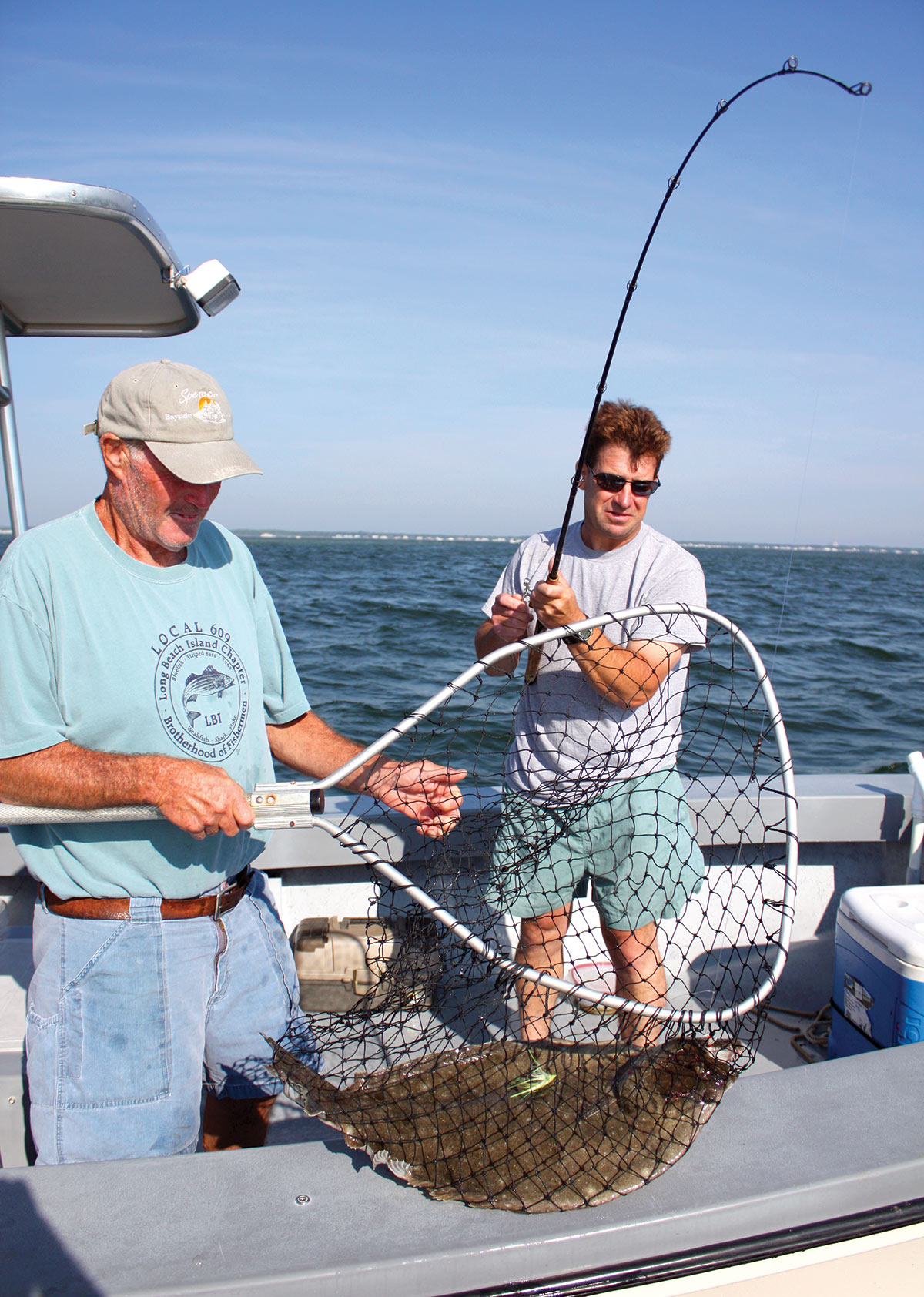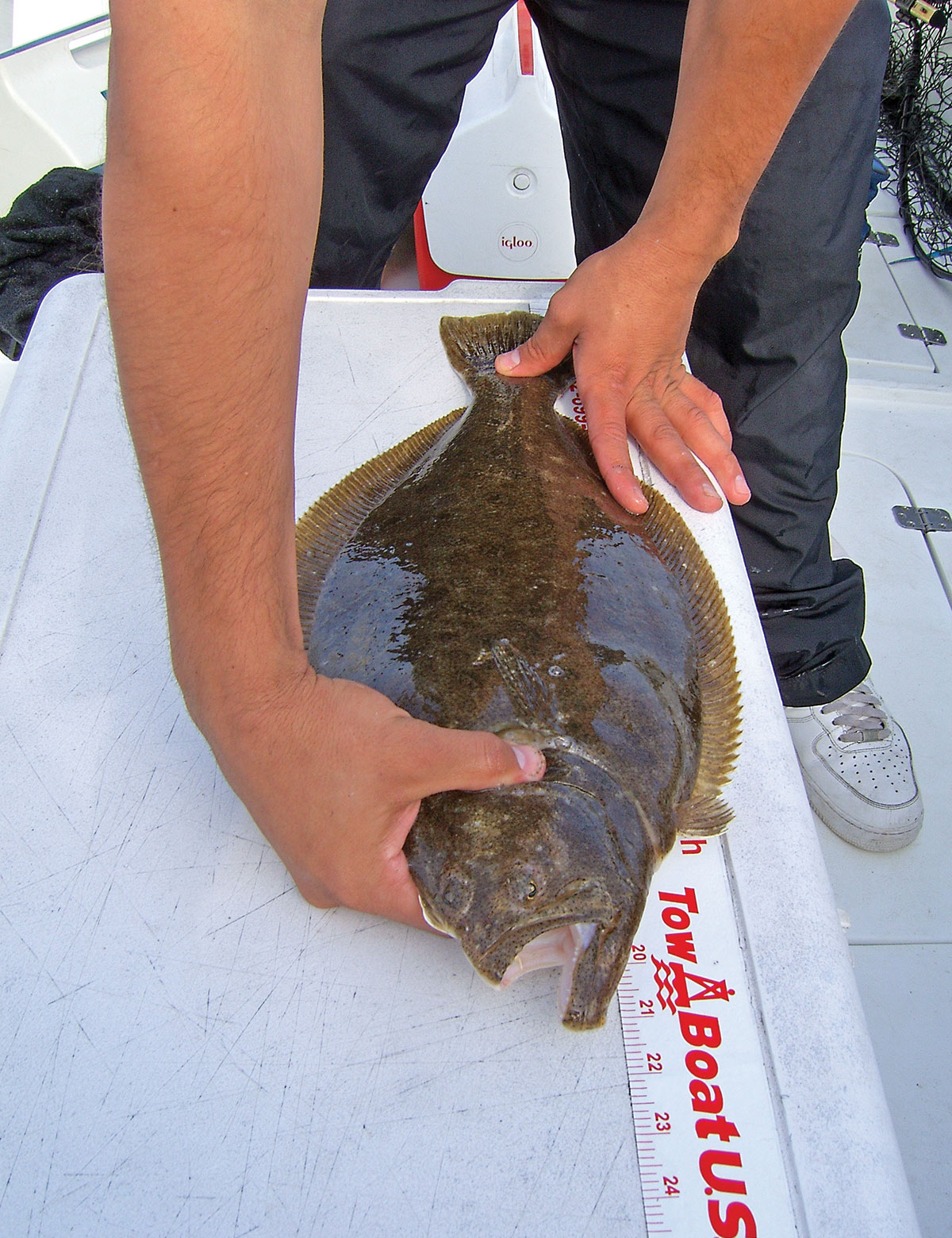
By the time Jersey’s opening bell rings this month, summer flounder should be ready and willing to bite in back.
I suspect by the time this is published there will be a fluke season for New Jersey and it will open late May; but that should not discourage fluke fishermen from getting an early start—as early as the law allows!
Fluke begin arriving in South Jersey waters in late March, early April and the average size will be the largest of the year. My 25 years of tagging for the American Littoral Society clearly indicates that early April and May produce fluke averaging over 18 inches.
The techniques used in early spring are a little different than mid-summer when water temperatures are into the 70s. At the start of the season with spring water temps in the mid 50-degree range you may have to think a little differently.
Up & at ‘em

The best days of spring are sunny days and outgoing tide. Find some shallow bays that lead into Intercoastal waterways. Now go up into the shallow bay and just slowly drift back into a channel. The fluke will be sitting on the edges gulping down mostly grass shrimp leaving the shallow bay in early spring. Grass shrimp is their primary food source in the cooler water because they are easy to gulp down, and they don’t have to work too hard for the shrimp.
The trick is to work very slowly with very light weights. I prefer a 1/4- to 3/8-ounce bucktail jig tipped with some type of meat like short strips of bluefish, mackerel, or herring, but I have also caught them on unscaled salmon skins. Meat on a bucktail seems to work better in cooler water than most of the artificial baits. However, if you prefer an artificial bait a shrimp imitation will work especially if you use a little shrimp juice with the artificial bait.
I go up into a shallow bay as the tide starts out and slowly drift out and into the nearby channel. Fluke will not hit the bait hard like later in the year but instead, given the light weight, you will feel the bait get picked up. When that happens do not try to set the hook; instead just drop the bait back a little and wait until the line tightens then set the hook. If you do this correctly you will find the fish hooked in the left jaw most of the time, and that allows for a quick release.
If you make a couple of drifts and no bites move but you don’t have to move far, sometimes moving 20 feet will put you on the feeding fish.
Shallow & Warm

If you can’t make an outgoing tide and will be fishing the incoming, remember that incoming water is cooler so fluke tend to be a little further away from the channel. Start on the edge of the channel and drift into the shallow water. How far into the shallow water you go depends on how much water your boat draws. The key is to get as far away from the channel as you can without hitting bottom. If you do hit bottom move away because the mud you churn up will shut the bite down quickly.
You might be surprised at the shallow depths you will find fluke early in the year. Again with natural baits, since incoming water is cooler, strips of mackerel or something oily will get you the fluke’s attention; added fish scents and oils will help spice up your presentation. You have to be even slower when working the bait on incoming; sometimes when the wind isn’t cooperating and the drift is too fast you can anchor. But if you anchor you need to keep your bait moving; try casting up stream and let the bait drift back to you slowly.
These methods with fresh bait work well until the crabs emerge and get active; once that happens, I am back to total artificial baits.
Keep an eye on water temps. Once the water starts getting over 60 degrees, the fluke will move closer to the channels, not necessarily into channels yet but more along the edges. As waters warm into the month of June you’ll find summer flounder more scattered and not as schooled up as earlier, which requires you to move around more to find the fish.
Keep It Simple

The rig I use for early fluke is simple and has very little hardware. The rig consists of a two-way black swivel, one end attaching to your main line, and at the other side of the two-ring swivel is a leader of about 12 to15 inches to which I add my small bucktail; on the same ring I also tie a 30- to 36-inch leader with a 5/0 hook and small float just ahead of the hook. I like to change bait frequently as well as change combinations on each hook. Once you find a combination that works, stay with it.
You may find you will catch two or three fluke and then that combination stops working. If that happens go back to changing combinations of bait presentations or different baits until you find what’s working. I mention the baits I use, and I know many use minnows, but I have found minnows are not as effective in cooler water for some unknown reason. Several years ago, I ran a test with three of us in the boat, and one guy was assigned minnows only. We caught 27 fluke on one tide, and the guy with the minnows only contributed three, which was all the evidence I needed. Once water temps get over 65 degrees and crabs are out and hungry, artificial baits will produce.
One last comment, when it comes to fluke, if you find them stay with them until the bite slows, and then move. Many will tell you fluke don’t move around much but, nothing can be further from the truth; they move with the tide and sometimes great distances.




